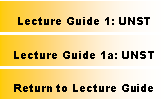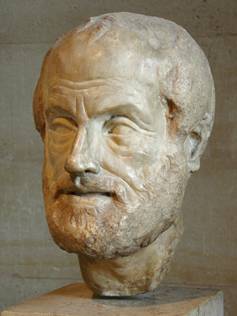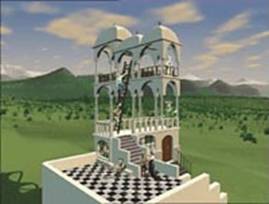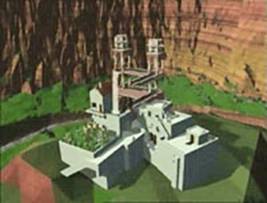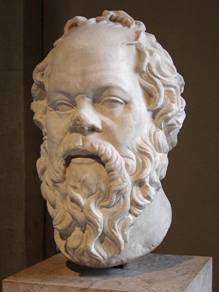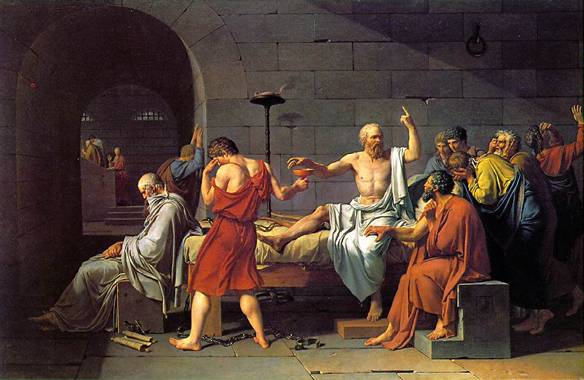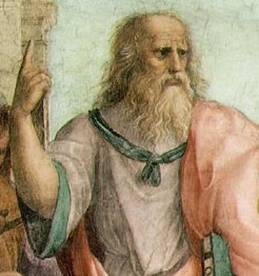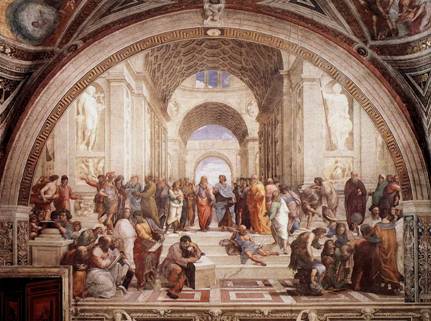|
Forbidden knowledgeLecture Guide No. 1
1. What Is Knowledge? How Can We Know What We Know?
a. Epistemology* The science of knowingb. Methodology* The science of finding out
2. Epistemological Theories
a. Rationalism
Cogito ergo sum: “I think; therefore, I am.” René Descartes (17th century) by Franz Hals, ca. 1649
b. Empiricism
* Foundation of the Scientific Method
Imperial Roman marble copy (1st or 2nd century) of a lost bronze sculpture made by Lysippos c. Naïve Realism (aka Common-Sense Realism)d. Representationalism:¯ Veil of perception
e. Idealism* Ideal Constructs* Socrates (469-399 BC)* Socratic method
|
||||||||||||||||||||||||
|
Detail of Plato, from Raphael’s The School of Athens fresco, The Vatican (1509) |
|
|
|
Raphael’s The School of Athens fresco, The Vatican (1509) |
* The Republic (Politeία), c. 360 BC
* 10 books
* Dialogue between Socrates and others, such as Plato’s brother, Glaucon
* Ideal Constructs / Ideal Forms
* The Divided Line
|
KNOWLEDGE (Episteme) |
OPINION (Doxa) |
||
|
Pure knowledge (epistéme = ’επιστήμη) Rational (involves dialectic method) Leads to knowledge of Forms Ultimate is knowledge of the Form of the Good |
Understanding (diánoia = διάνoια) Ex: Derived from applied through “pure” mathematics |
Belief (pístis = πίστης) Common-sense “belief” in the reality of everyday objects |
Illusion (eikasía = ’εικασία)Unenlightened thought that takes everything at face value |
|
The World of Forms (morphé = μορφή) |
The World of Change (gignoménou = γιγνομένοu) |
||

